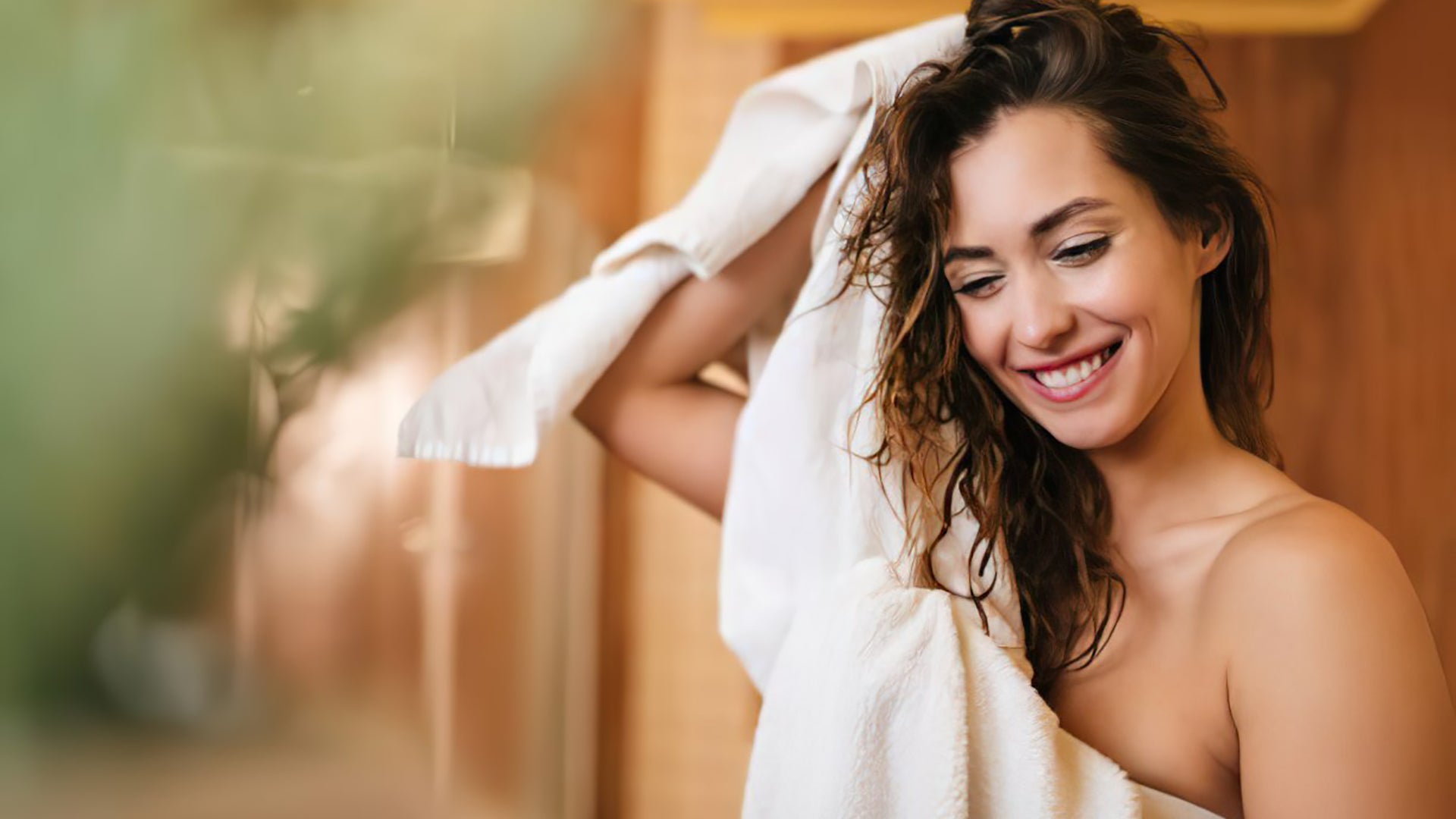
Should we blow dry hair or let it dry naturally?
Posted by XSOOH on
Ever stared at your wet hair after a shower, wondering if you should reach for the blow dryer or let it air dry naturally?
Both methods have their fervent followers, but which one reigns supreme for healthy, beautiful hair?
Blow Drying: Speed and Style

Blow drying is a popular method for drying hair quickly, using heated air to evaporate moisture from the hair shaft. While blow drying offers convenience and efficiency, it also comes with its own set of pros and cons.
Pros:
-
Speed: Blow drying allows for rapid drying of hair, making it ideal for those with busy lifestyles.
-
Styling Versatility: The use of a blow dryer enables individuals to style their hair in various ways, from sleek and straight to voluminous curls.
-
Smoothness: Heat from the blow dryer can help to seal the hair cuticle, resulting in smoother, shinier locks.
Cons:
-
Heat Damage: Excessive heat exposure from blow dryers can damage the hair cuticle, leading to dryness, frizz, and breakage.
-
Risk of Over-Drying: Blow drying on high heat settings can strip the hair of its natural oils, leaving it dry and prone to damage.
-
Costly: Professional-quality blow dryers can be expensive investments, and frequent use may lead to increased electricity bills.
How to Minimize Heat Damage While Maximizing Results?

The key to a successful blowout is minimizing heat damage while maximizing styling results. Here's my advice:
Heat protectant is your BFF:
Apply a heat protectant spray before every blow-dry session. This creates a barrier between your hair and the heat, shielding it from damage.
Lower the heat, not the volume:
Most dryers have multiple heat settings. Use the lowest setting that gets the job done.
Technique matters:
Luckily, there are ways to minimize heat damage while maximizing styling results. A 2011 study found that, using a hair dryer at a distance of 15 cm with continuous motion causes less damage than drying hair naturally.
Learn More: How to Safely Blow Dry Your Hair?
Upgrade your appliance:
Consider investing in a high-speed blow dryer. These dryers use powerful airflow to quickly dry hair, which minimizes the amount of time your hair is exposed to heat.
Learn More: Why Should You Ditch Your Regular Dryer for a High-Speed Hair Dryer?
Air Drying: A Gentler Approach

On the other hand, air drying involves allowing the hair to dry naturally without the use of heat styling tools. While this method is gentle on the hair, it requires more time and patience.
Pros:
-
Gentle: Air drying minimizes heat exposure, reducing the risk of damage and preserving the hair's natural moisture.
-
Cost-Effective: Unlike blow dryers, air drying requires no additional equipment or electricity, making it a budget-friendly option.
-
Less Scalp Irritation: Air drying is gentler on your scalp, reducing the risk of dryness and irritation. This is especially beneficial for those with sensitive scalps.
Cons:
-
Time-Consuming: Air drying can take significantly longer than blow drying, especially for individuals with thick or long hair.
-
Potential for Frizz: Without the aid of heat to smooth the hair cuticle, air-dried hair may be prone to frizz and flyaways.
-
Limited Styling Options: While air drying enhances natural texture, it may not provide the same level of styling versatility as blow drying.
What is the Best Drying Option?
So, which method wins? The truth is, it depends on your individual needs and hair type. Here's a helpful guide:
Hair Type:
For coarse, thick hair, blow drying can be a valuable tool for taming frizz and creating volume.
However, for fine or damaged hair, the gentler approach of air drying is often preferred to minimize breakage.
Curly or wavy hair benefits from diffusing on a low heat setting with a blow dryer to enhance the natural texture without compromising definition.
Learn More: How to Choose a Hair Dryer for Your Hair Type?
Time Constraints:
Factor in your daily routine and styling urgency. If you're pressed for time in the mornings, the focused speed of blow drying is a clear advantage.
However, on days with a more relaxed schedule, air drying allows for a laid-back approach.
Styling Goals:
Consider the desired aesthetic and level of control. Blow drying offers the ability to achieve precise styles, from smooth blowouts to voluminous waves.
This is ideal for those seeking a polished, finished look. Conversely, air drying promotes a more natural, effortless aesthetic, perfect for embracing your hair's natural texture and movement.
Conclusion
Ultimately, the best way to dry your hair is the way that works best for you and your hair type. Experiment with both methods and find the routine that gives you healthy, beautiful hair that you love!
If you decide blow drying is the best option for you, consider investing in a high-speed hair dryer. This minimizes heat exposure to your hair, reducing the risk of damage.
FAQs
Q: What's the best temperature setting for blow drying?
A: The ideal temperature depends on your hair type. A medium heat setting (around 180°F) is a good starting point for most hair.
Q: My scalp gets itchy if my hair is wet for too long. Can I still air dry?
A: If you're prone to scalp irritation, air drying might not be ideal. Consider blow drying on a low heat setting if necessary.
Q: Can I combine air drying and blow drying?
A: Yes! This is a great strategy. Air dry your hair until it's partially dry, then use the blow dryer on a low heat setting to style it as desired.






































